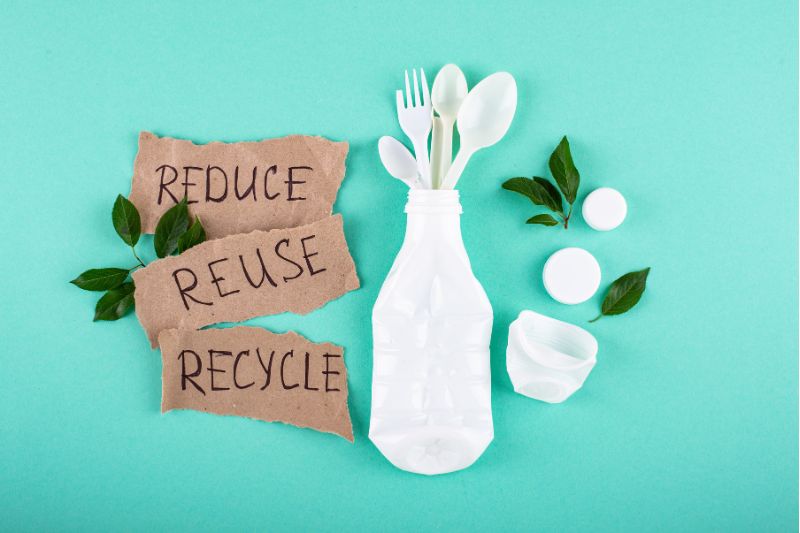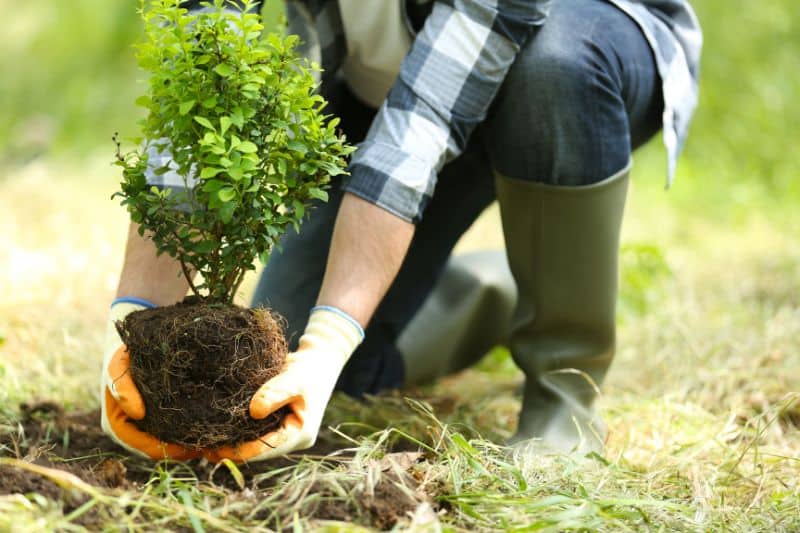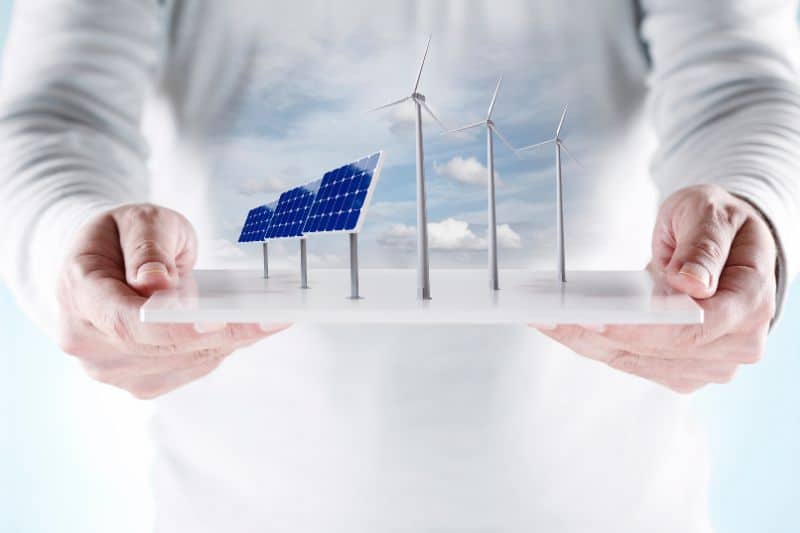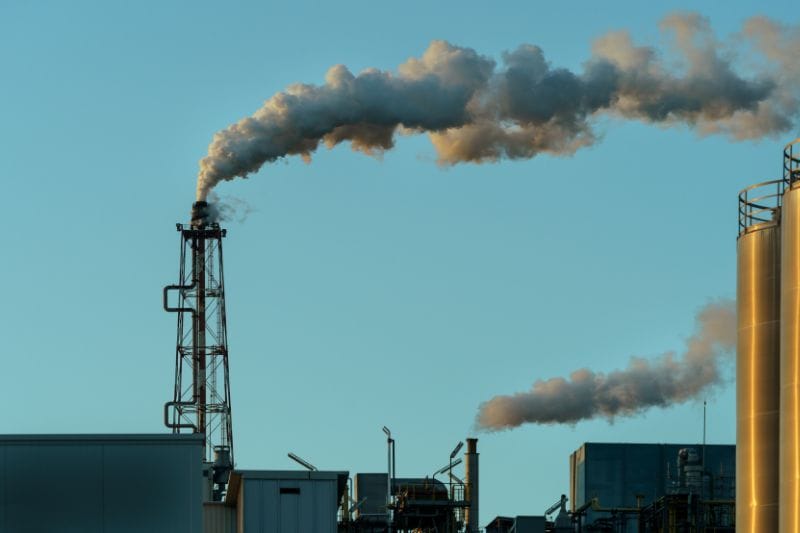When people burn fossil fuels such as coal, gasoline, oil, and natural gas, there is an increased level of carbon dioxide released into the atmosphere, which is a major contributor to global warming and the greenhouse effect.
The emissions basically trap heat close to the surface of the earth. If people are to reduce the greenhouse effect, they have to reduce the demand for fossil fuels.
Moreover, because of the greenhouse effect, there is a rapid increase in the earth’s temperature, leading to high sea levels and extreme storms, together with other climatic problems.
But then here comes the good news: If people work together to address this problem, we can help fight global warming and reduce our carbon footprint.
“The green-house gas emission caused by us is the main ingredient in the poisonous cocktail of global warming which will eventually destroy your children.”
~ Abhijit Naskar
25 Easy and Wonderful Ways to Reduce Greenhouse Gases
Some of the easy ways we can reduce the greenhouse effect include:
1. Begin By Calculating Your Carbon Footprint

Before setting goals for reducing greenhouse gas emissions, the first thing you should do is to calculate your current carbon footprint.
The EPA provides a free carbon footprint calculator to help you estimate your annual greenhouse gas emissions. Unless you understand where your emissions come from, you cannot take effective steps to reduce your impact.
2. Use Hybrid Cars If You Can Afford
Hybrid technology works in a way that allows cars to reduce their greenhouse gas emissions significantly. Hybrid cars use more electricity than gasoline, thus helping reduce carbon dioxide emissions that come with the use of fossil fuels.
3. Eat Low on The Food Chain
When it comes to food habits, avoid consuming meat daily as it leads to a higher carbon footprint, and that’s because the whole process of getting meat down from the pasture to the table for consumption requires a lot of fuel together with energy.
Energy is used for raising the animals, processing the meat, and, most of all, keeping it from spoiling. If one learns how to diet or take meat in reduced amounts, they can reduce their carbon footprints.
It is estimated that every day you choose to forgo meat and dairy will reduce your carbon footprint by 8 pounds, translating to 2,920 pounds by the end of the year.
Besides, growing veggies requires very little energy compared to meat. Hence, changing our lifestyles, i.e., eating mostly fruits, veggies, grains, and beans, is just the right step toward reducing greenhouse gases in the atmosphere.
Livestock, meat, and dairy are responsible for 14.5 percent of human-made global greenhouse gas emissions from feed production and processing and the methane (25 times more potent than CO2 at trapping heat in the atmosphere over 100 years) that beef and sheep belch out.
4. Use Air Conditioning and Heat Less
Keep the temperatures at moderate rates all the time. Additionally, when one is away during the day or in the night while sleeping, they can turn down the heat.
Installing a programmable thermostat and setting it 2 degrees lower in winter (and higher in summer) can save about 2,000 pounds of carbon dioxide gas annually. Opt for fans over air conditioning to reduce electricity usage.
One can also add insulation to their walls together with windows because they help lower the amount of heating, which costs more than 25% of the energy needed to heat and even cool the home.
5. Reduce, Recycle, and Reuse

If you recycle nearly half of your household waste, you’d save around 2,400 pounds of carbon dioxide each year.
Also, instead of throwing excess waste into the atmosphere and increasing the amount of carbon dioxide, one can buy products with minimal packaging.
But that’s not all, because reducing waste also entails purchasing reusable products rather than disposable ones, like getting a reusable water bottle.
Most importantly, people have to figure out the size of their carbon footprint, which is the amount of carbon they release into the atmosphere through their activities. Additionally, they can determine which appliances produce a lot of energy and work on eliminating them.
6. Buy Energy-Efficient Products
When purchasing home appliances, one must look at the energy-efficiency models. These home appliances come in various ranges of energy-efficient models; thus, there is a need to determine those that will ensure reduced emission of energy and greenhouse gases in return.
Compact fluorescent bulbs designed to provide a more natural-looking light can be used instead of the standard light bulbs because they use far less energy.
7. Drive Smart and Less
If people are to drive less, it only means fewer carbon dioxide emissions because people will save on gasoline. Besides, we can exercise more if we drive less and bike or walk most of the time. And of course, when driving, also ensure their car is running efficiently.
8. Take Care of Your Car
Did you know that properly inflating a vehicle’s tires can improve gas mileage by up to 3%, and ensuring that your car is properly maintained can improve it by 4%?
That’s right! Hence, always keep your car in good condition if you intend to reduce the emission of greenhouse gases.
It will mean saving on the cost of fuel. Similarly, it helps keep around 20 pounds of carbon dioxide out of the atmosphere, thus reducing the number of greenhouse gases.
Undoubtedly, car-related emissions are the major cause of global warming. Manufacturing these cars and producing fuel together with making the roads are major sources of gases that are harmful to the environment.
9. Avoid Air Travel as Much as Possible
If you frequently or even occasionally fly for work or pleasure, air travel is probably responsible for the largest part of your carbon footprint. Avoid flying, if possible, on shorter trips, as driving may emit fewer greenhouse gases than flying.
If you can’t avoid flying, go economy class as the flight’s carbon emissions are shared among more passengers. Business class is responsible for almost three times, while the first class can result in nine times as many emissions as the economy.
Hence, try to offset the carbon emissions of your travel by paying a certain amount of money for a project that reduces greenhouse gases somewhere else.
10. Plant a Tree

Trees absorb carbon dioxide from the atmosphere and, in turn, give off oxygen. One tree absorbs around one ton of carbon dioxide throughout its lifetime. Hence, if someone can plant trees, now is the time.
11. Grow on Your Own
The more people start growing their own plants for food, the higher the amount of greenhouse gases we can eliminate from the air. That’s because growing your own plants for food reduces or eliminates the need to haul food from their production areas to their point of consumption.
Some foods have huge food miles. These miles are often made by vehicles that release vast amounts of greenhouse gases into the atmosphere.
12. Water Should Be Used Sparingly
For example, you should turn off the water when brushing your teeth. Also, when shampooing the dog or washing your car, stop the water flow until you are done. Install a low-flow showerhead to reduce water use, and taking shorter showers helps, too.
13. Use Less Hot Water
One can wash their clothes in cold or warm water to reduce their use of hot water and the energy required to produce it. Setting the water heater at 120 degrees Celsius can save energy and 500 pounds of carbon dioxide each year at the minimum in many households.
There is also a need to save on energy as it results in the production of carbon dioxide. Low-flow showerheads can also be purchased to save on hot water, which can probably save 350 pounds of carbon dioxide each year.
14. Avoid Products with Excessive Packaging
Excessive packaging means one will throw away excess waste into the environment, especially in compost sites and landfills, where they pollute the environment.
Less packaging is, therefore, better as it reduces wastage and high greenhouse gases released into the atmosphere during product production.
15. Buy Green Electricity

There is a need to adopt renewable energy sources such as wind, solar, hot rocks, and wave power. There is a possibility that coal, natural gas, and oil will be depleted from the earth’s surface. As such, adopting safe and renewable sources of energy is imperative.
If one is to reduce the emission of greenhouse gases, then one has to replace the entire energy system by opting for electricity from green energy sources.
16. More Teleconference and Telecommunication
Most business professionals take flights, private cars, and public transport to their places of work or for their meetings. These objects emit so much carbon dioxide gases into the environment, contributing to global warming.
That’s where these two technologies come in. Communicating through teleconferences and telecommunications generally results in a lower carbon footprint than other forms of transportation.
17. One Can Replace the Light Bulbs
Compact Fluorescent light bulbs can be used instead of regular light bulbs. If a CFL is used instead of a 60-watt incandescent one, it saves $30 over the life of this bulb. Besides, CFL bulbs last much longer, 10 times more than incandescent bulbs. They also use two-thirds less energy while giving off 70% less heat.
If a CFL is used instead of a regular bulb, it would help eliminate around 90 billion pounds of greenhouse gases, the same as taking 7.5 million cars off our roads.
One can use natural light during the day instead of keeping them on. In this case, they open their blinds and allow the sunshine into their rooms.
18. Dry the Clothes by Hanging Them on The Line
To dry clothes, one does not require using natural gas or electricity. Using ironing boxes for the job means that much heat is generated and emitted into the atmosphere, increasing greenhouse gases.
Instead, one can stick to the natural way and leave the work to nature. It’s cheap, more sustainable, and good for the durability of the clothes.
19. People Can Use Non-Toxic Household Products
Most of the household cleaning products are considered toxic besides being petroleum-based. These products are considered the leading causes of high levels of greenhouse gases in the atmosphere.
These toxic chemicals can be eliminated from finding their way into the atmosphere by making the right choices in supermarkets to purchase products that are less hazardous to people’s lives or the environment.
20. Often Use the “Off” Switch

By switching off the electricity, one reduces the amount of global warming while only using the energy they need. Also, when you are not using your computer, television, or music system, turn them off.
In fact, consider unplugging any appliances that are not used, especially our mobile charging systems, because even though they are switched off, they sap energy.
21. Choose Organic Foods That Are in Season and Go Local
Transporting food from far away, whether by truck, ship, rail, or plane, uses fossil fuels for fuel and also for cooling to prevent foods from spoiling in transit.
22. Don’t Buy Fast Fashion
Instead, buy quality clothing that will last. Trendy, cheap items go out of style quickly and get dumped in landfills, where they produce methane as they decompose.
The average American discards about 80 pounds of clothing annually, 85 percent of which end up in landfills. Besides, most fast fashion comes from China and Bangladesh. Therefore, shipping them to far-off places means the consumption of fossil fuels.
23. Buy Less Stuff!
Less stuff means less waste. Take your own reusable bag with you whenever you are out to shop. Try to avoid items with excess packaging. Choose the product wisely while you buy it.
For example, opt for a laptop instead of a desktop if you’re in the market for a new computer. Charging and operating laptops require less energy than desktops.
Always look for Energy Star products that are certified to be more energy efficient. Support companies and buy from them that are environmentally responsible and sustainable.
24. People Should Learn to Conserve
To increase people’s awareness about the effects of greenhouse gases, various programs, and policies have to be set to help with information and knowledge sharing.
People must share information and knowledge about recycling and energy conservation with everyone in the workplace.
Public officials also have to be informed of the benefits of such policies and programs so that they support such courses and take action to address such problems.
25. Vote Thoughtfully

Perhaps most importantly, the most effective solutions to climate change require governmental action. Use your vote to let your representatives know that you want them to take action to phase out fossil fuels and decarbonize the country as fast as possible.






